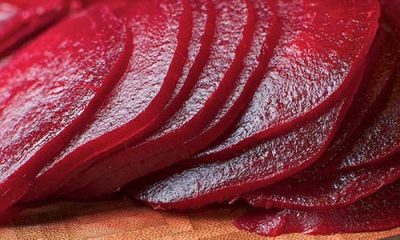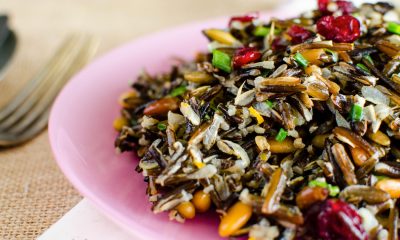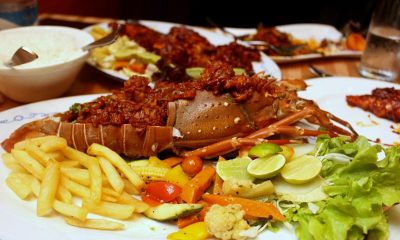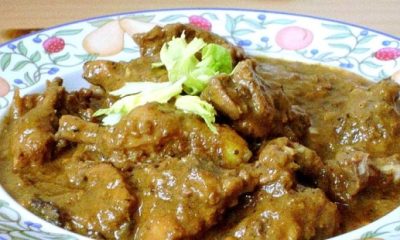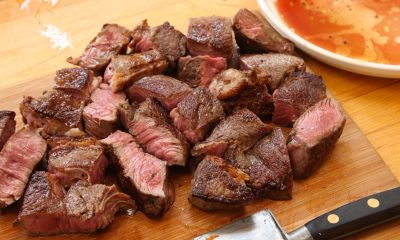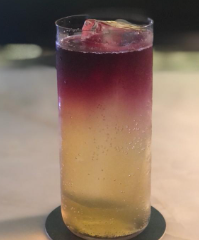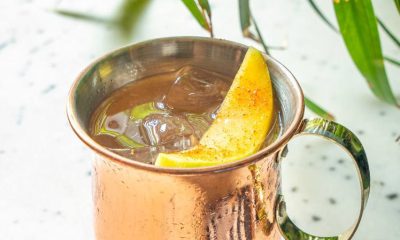Masala Day
From the Spice Garden of India : Kerala #MasalaDay
Today,20th May 2017 is Masala Day and we are celebrating the rich diversity and importance of Indian Masalas! Where would our cuisine be without our favourite masala mixes that have been so lovingly prepared and mastered to create our favourite dishes over the ages?
We are indeed fortunate to have a history and culture that associates heavily in age old traditions. Spices are more than just cooking ingredients. They form a part our our cultural heritage. The Spice trade that brought people from all over the world to India as early as 3000 BC has shaped our lives in numerous ways.
In 3000 BC , the ancient port of Muziris in Kerala established itself as the spice hub of the world and this was the place traders and explorers wanted to reach, including Christopher Columbus, Vasco da Gama, and others.
Kerala is home to a variety of spices; and is also noted for producing some of the best quality when it comers to spices like cardamom and pepper. Irrespective of cultural, religious and other differences, spices occupy a special place in providing a unique flavour to the culinary specialties of Keralites.
Spices still dominate the commodities trade in Kerala. Three-fourths of spice exports from India are sourced from Kerala.
Black Pepper or Black Gold as it was called in those days, was more expensive than gold and caused entire empires to go to war over it. Black pepper is still the most commonly used spice in the Malayali kitchen.
Masala Magic
Most masala mixes that are made will contain black pepper. The Syrian Christian and the Anglo Indian cuisines that have over the years been intermingled with Arab influences and Local vegetarian fare have all evolved and crated a rich cuisine. Only the use of spices has remained the same.
Masala mixes in Kerala can range from intensely spicy (by spicy we mean full of flavour, not heat) to the most subtle of notes. More that using ground powdered mixes, the Malayali prefers to use the freshest spice whole in his/her curries.
Traditional Techniques
For a traditional Varutharacha Kozhi Curry (Chicken curry with roasted and ground spice masala) great care is taken to ensure that the right amounts of spices (black pepper, dried red chillies, cardamom, cinnamon, cloves and curry leaves aplenty) are dry roasted to the correct temperature before grinding them into a paste along with toasted coconut. The amount of spices used is usually not measured by weight in households. They are lovingly counted out to a specific number per spice according to the size of the chicken, the number of people eating and the size/grade of the spice in question. People in Kerala do not mess around when it comes to extracting the right flavour.
While the Varutharacha Kozhi Curry has a robust intense flavour of the roasted spices, a delicate Stew or Ishtu as the locals call it requires a different touch. Here , the spices are balanced by flash searing them in hot coconut oil right at the start. Star anise, Cloves, cardamom and cinnamon go in first followed by julienne ginger and green chillies and curry leaves. The final crowning touch for the perfect stew is the sprinkling of freshly cracked black pepper at the very end. Freshly cracked, not powdered. Makes a huge difference.
These are just two of the examples of how the Kerala kitchen uses spices. Many more secrets are tucked away in a collective memory that loves and honours its culturally rich cuisine.




